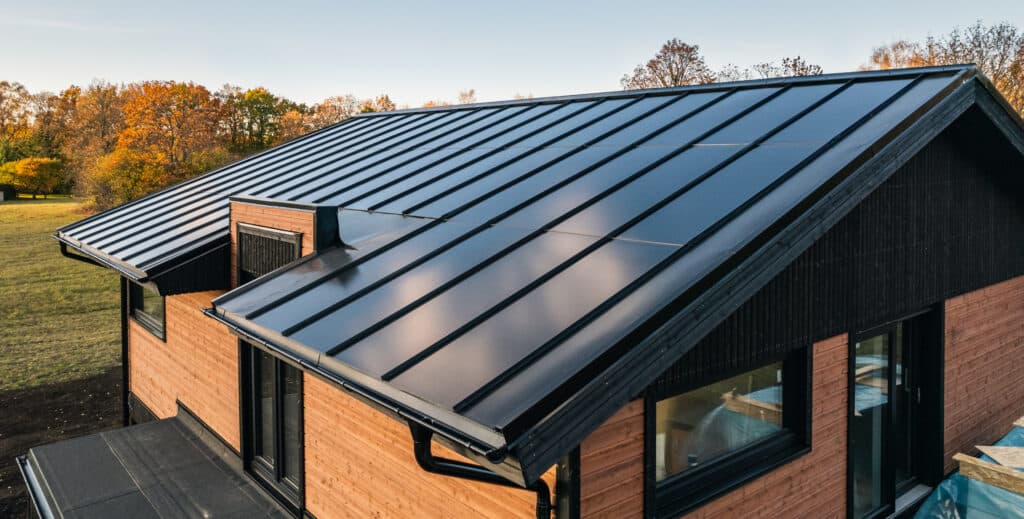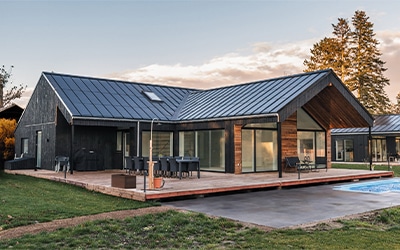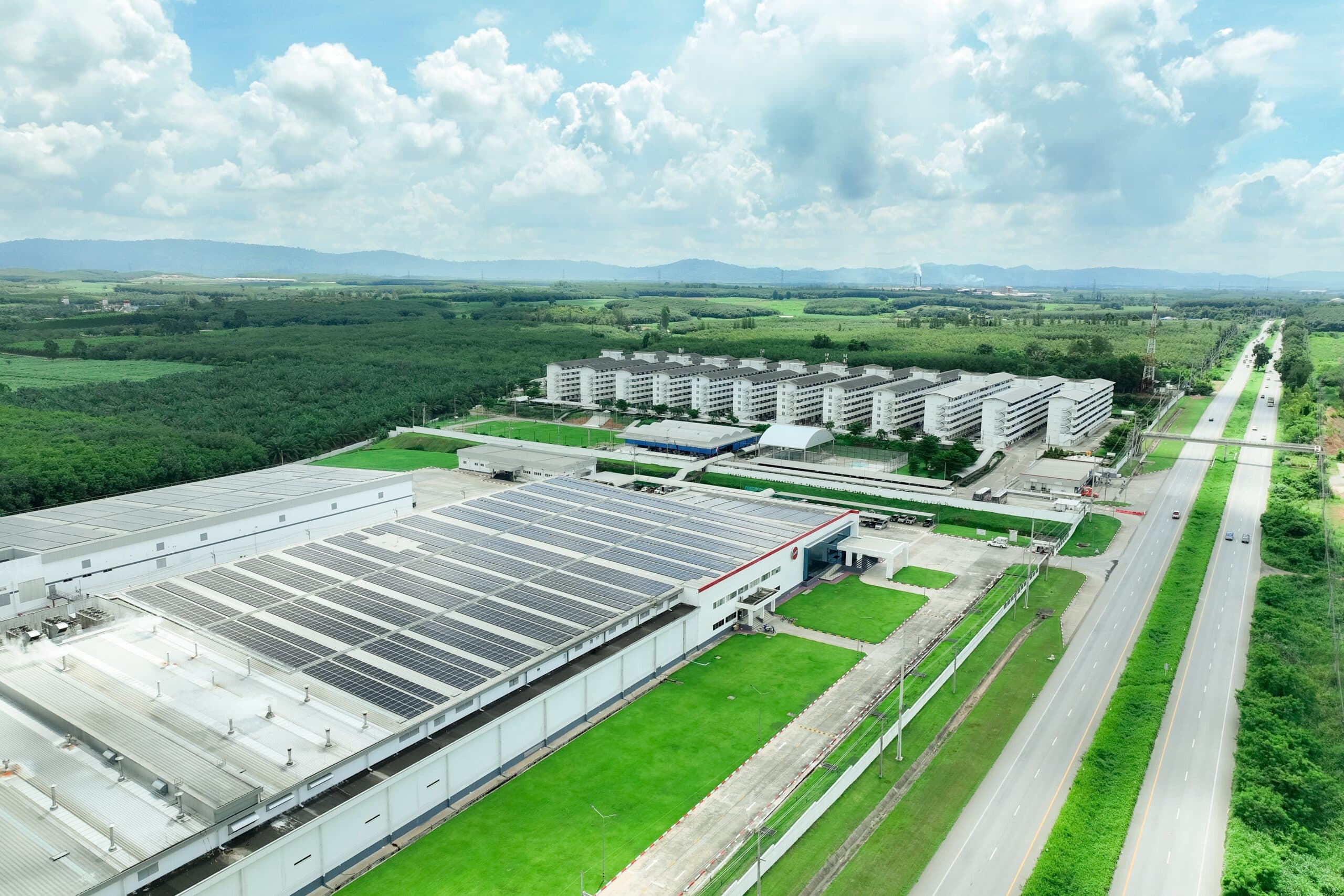When installing a solar system for your home or business, getting permission from your DNO is important.
In this blog, our Smartly solar experts will go over what a DNO is, why you need to get permission from them, and how you can do this as simply as possible. We will also explore the timeframes, costs and DNO applications for solar.
Let’s dive into it!
What Does DNO Stand For?
DNO stands for ‘Distribution Network Operator’. These licensed companies can carry electricity from the grid to your local area.
Why Do I Need A DNO For Solar Panels?
DNOs allow people to enter schemes such as the SEG Payment scheme to make money from selling excess power back to the grid. They also help areas become more carbon-neutral by feeding naturally generated electricity into the grid.
In order to profit from your solar PV installation or to link your solar system to your grid for backup energy, it’s important to be DNO certified. DNOs are licensed by the government, meaning they are regularly checked to ensure they meet all legal requirements. When you register with a DNO, they ensure your system does the same.
You need permission from your DNO to install an off-grid system as you are directly connecting it to the grid for power. The national grid needs to be aware of new demands, so, for example, if the amount of electric vehicles increases in the future, they can keep up with the extra strain on resources and plan their distribution accordingly.
Being registered with the DNO helps reduce blackouts and create a more sustainable energy grid.
How Do I Find My DNO?
In the UK, there are fourteen different DNOs that cover different regions.
To determine which DNO controls your area’s network distribution, you can input your postcode in the UK’s Energy Network website’s finder tool. Alternatively, speak to your local council for more information.
How Long Does A DNO Application Take?
The amount of time it takes to get your application approved will depend on the size of your solar system. For smaller systems, you may get a response in less than six weeks, but for much larger systems, it may take up to six months as your system will require more testing.
After your DNO application has been looked at, a connection offer will be made. If this offer is accepted, you can install your system.
How Much Does A DNO Application Cost?
The cost of a DNO application varies depending on the size of your solar system. A G98 DNO (which covers any system under 16a per phase) application is free. It is also known as a “connect and notify” application and covers most home systems.
A G99 or G100 application, which covers bigger solar systems (most commonly for large commercial properties), usually costs a fee of between £300 and £750. This is because more testing will be required for the grid to determine the demands your system will place on it.
Speak To A Solar Expert
If you are considering installing a new high-quality solar system for your property, get in touch with our Smartly Solar experts to discuss what we can do for you. We are happy to give you information on every stage of the solar installation process, from purchasing your panels to your DNO applications for solar energy.



